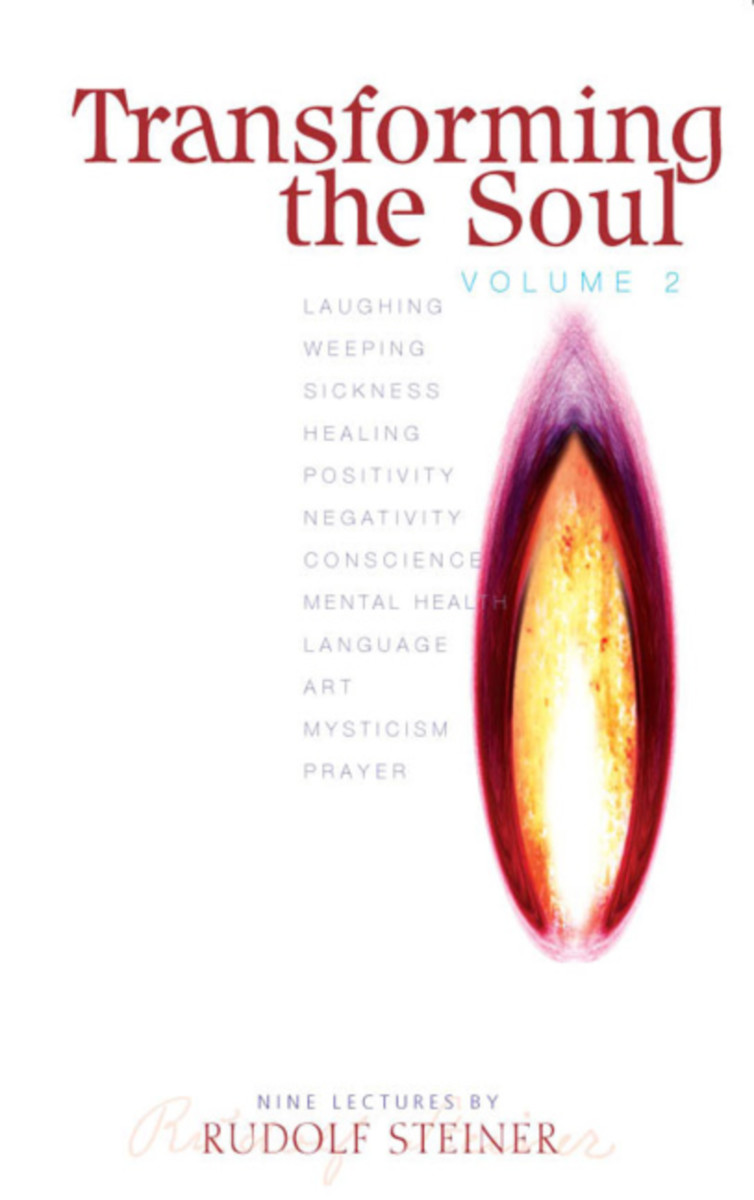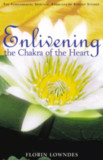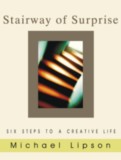Transforming the Soul
vol. 2 (CW 59)
- Publisher
Rudolf Steiner Press - Published
1st September 2006 - ISBN 9781855841833
- Language English
- Pages 232 pp.
9 lectures, Berlin, January 20 – May 12, 1910 (CW 59)
In a refreshingly practical series of lectures, Rudolf Steiner speaks about the nature of the human soul and how it can be transformed and lifted to higher consciousness. He considers the spiritual significance of various expressions of human nature—laughing and weeping, sickness and health, error and mental disorder, positivity and negativity, and conscience. Steiner also discusses prayer, mysticism, the purpose of art, and the significance of language. Throughout these talks, he refers to many key historical figures, including Zarathustra, Socrates, Plato, Homer, Wagner, Goethe, Hegel, and Angelus Silesius.
See also the companion lecture series, Transforming the Soul: Volume 1.
This volume is a translation of Metamorphosen des Seelenlebens—Pfade der Seelenerlebnisse: Zweiter Teil (GA 59). A previous edition of this work: Metamorphoses of the Soul: Paths of Experience, vol. 2.
C O N T E N T S:
1. Spiritual Science and Language
2. Laughing and Weeping
3. What Is Mysticism?
4. The Nature of Prayer
5. Sickness and Healing
6. A Positive and Negative Frame of MInd
7. Error and Mental Disorder
8. Conscience
9. The Mission of Art
Notes
Rudolf Steiner
Rudolf Steiner (b. Rudolf Joseph Lorenz Steiner, 1861–1925) was born in the small village of Kraljevec, Austro-Hungarian Empire (now in Croatia), where he grew up. As a young man, he lived in Weimar and Berlin, where he became a well-published scientific, literary, and philosophical scholar, known especially for his work with Goethe’s scientific writings. At the beginning of the twentieth century, he began to develop his early philosophical principles into an approach to systematic research into psychological and spiritual phenomena. Formally beginning his spiritual teaching career under the auspices of the Theosophical Society, Steiner came to use the term Anthroposophy (and spiritual science) for his philosophy, spiritual research, and findings. The influence of Steiner’s multifaceted genius has led to innovative and holistic approaches in medicine, various therapies, philosophy, religious renewal, Waldorf education, education for special needs, threefold economics, biodynamic agriculture, Goethean science, architecture, and the arts of drama, speech, and eurythmy. In 1924, Rudolf Steiner founded the General Anthroposophical Society, which today has branches throughout the world. He died in Dornach, Switzerland.








